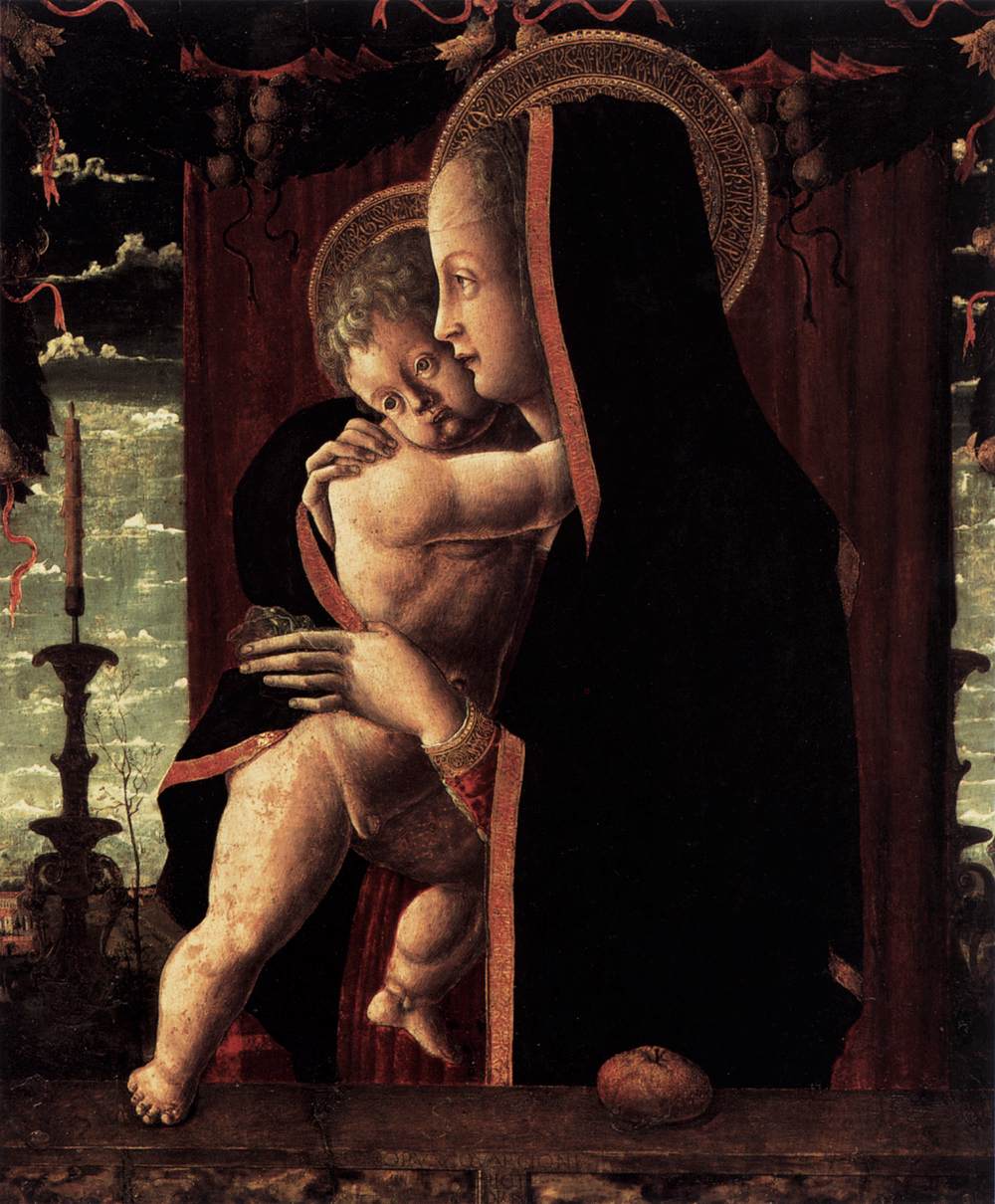Description
The painting "Virgin and Child" by the artist Francesco Squarcione is a captivating work that presents a number of interesting aspects both in its artistic style and in its composition, color and its history. With an original size of 82 x 70 cm, this 15th century masterpiece is considered one of the most outstanding pieces of the Italian Renaissance.
Squarcione's artistic style is characterized by its detailed and realistic approach, and the painting "Virgin and Child" is no exception. The artist masterfully captures the delicacy and tenderness of the Virgin Mary holding the baby Jesus in her arms. Every fold of clothing, every facial feature, and every gesture is rendered with astonishing precision, demonstrating the artist's technical skill and mastery.
The composition of the painting is also remarkable. Squarcione uses a symmetrical arrangement, with the Virgin Mary and the baby Jesus placed in the center of the work. This creates a sense of balance and harmony, and emphasizes the importance of the mother-child relationship. Also, the artist skillfully uses the sfumato technique, blurring the contours and creating a smooth transition between the figures and the background, giving the painting a sense of depth and atmosphere.
When it comes to colour, Squarcione uses a soft and delicate palette, dominated by shades of blue and pink. These soft, pastel colors create a calm and serene atmosphere, reinforcing the feeling of devotion and maternal love depicted in the work.
The history of the painting "Virgin and Child" is also fascinating. It was created in the 15th century by Squarcione, who was a prominent Italian painter and sculptor. The work was part of a series of religious paintings commissioned by the Catholic Church, which sought to promote devotion and worship to the Virgin Mary and baby Jesus.
Despite its importance, Squarcione's "Virgin and Child" painting is relatively little known compared to other Italian Renaissance masterpieces. However, its beauty and artistic quality are undeniable, and it deserves to be appreciated and studied in detail. This work is a testament to Squarcione's talent and mastery, and a moving representation of maternal devotion and love in Renaissance religious art.

